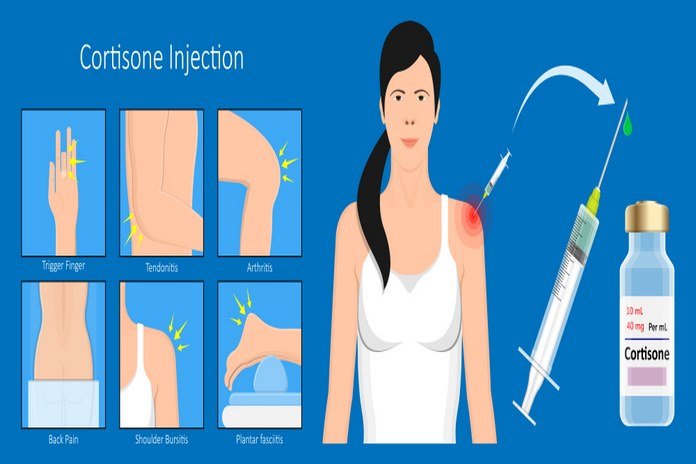Plantar Fasciitis Medications

Medications might only cure the pain signs of plantar fasciitis. In most of the cases, over the counter ice packs or pain relievers will keep the pain away. Many severe or exhausting pain might need botulinum or corticosteroid toxin injections. Medication might only relieve the symptoms of pain caused by plantar fasciitis. Healing of an injury is something that only occurs by the time. For such a reason, there is no best medication for plantar fasciitis. Some side effects might be possible with all medication. Various drugs will have different side effects, so it is not a complete information of side effects.
A healthcare giver might answer the questions regarding the possible drug interactions and side effects. The pain relievers are effective and safe over the counter. NSAIDs such as aspirin or ibuprofen might lead to side effects like nausea, stomach pain and heartburn. Therefore, acetaminophen might be toxic to your liver when you start taking it in increasing quantities, so take the dose according to the prescription always by your healthcare provider or recommendation on the packing. Plantar fasciitis is an inflammation, the amazing medicine is normally an anti-inflammatory medicine. If the case is moderate or mild, your physician or doctor will possibly prescribe over-the-counter nonsteroidal anti-inflammatory drugs (NSAIDs) like ibuprofen.
Some of the medications of plantar fasciitis are in the following:
- Anti-inflammatory agents
Anti-inflammatory agents are used in the plantar fasciitis treatments consisting of ice, cortisone injections and NSAIDs iontophoresis. Ice applies in the plantar fasciitis treatment by ice message, ice pack or in an ice bath. For ice massage, the patient freezes water in a foam cup or small paper, then rubs the ice on the painful heel utilising a moderate pressure and circular motion for almost five to 10 minutes. However, patients might keep the toes out of the freezing water or use neoprene toe covers to stop injuries that are associated with cold exposure. Therefore, icing is normally done after completing stretching, exercise, strengthening, and after the activities of the entire day.
- Pain relievers
Both acetaminophen and nonsteroidal anti-inflammatory medication (such as ibuprofen, aspirin, or naproxen) are equally able of letting plantar fasciitis pain away.
- Botulinum toxin
Botulinum toxin is well-known as Botox, which injects into plantar fascia paralyses nerves directly that transmit signals of pain and weakens the muscles of the foot pulling on the plantar fascia. A healthcare provider will utilise an ultrasound machine for the guidance of injection. Botulinum toxin does not interact with the process of healing and might relieve plantar fasciitis pain effectively for many months.
- Corticosteroids
When the pain of plantar fasciitis is serious enough to impact daily activities, podiatrist or an orthopedist might inject a corticosteroid, like dexamethasone, methylprednisolone or triamcinolone into the tissues of plantar fascia near the bone of heel. Steroid injections are formed by either palpating the heel or letting the injection utilise ultrasound. Corticosteroids might give fast pain relief that might last for a few weeks, but they also interfere with the process of healing. (11)
